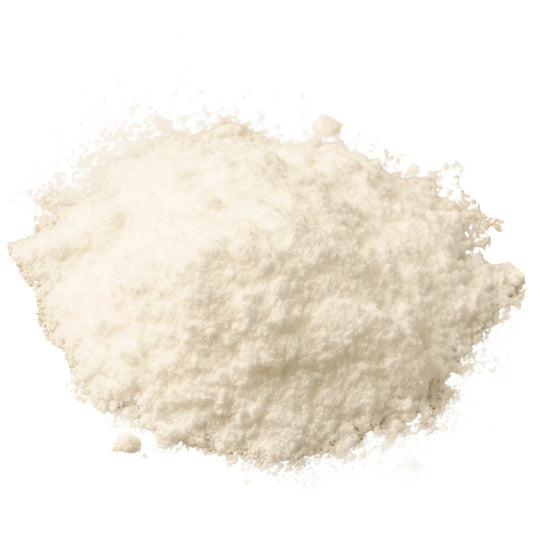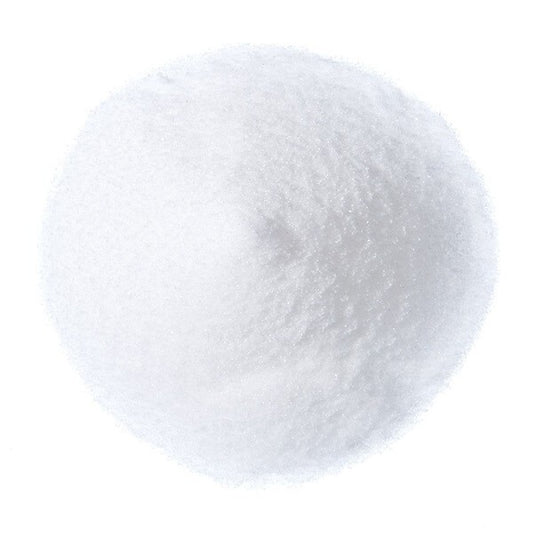
Formulating With Salicylic Acid
Aiden Van WykWe are quite familiar with alpha hydroxy acids, but salicylic acid is slightly different. It is a beta hydroxy acid and has quite the personality. It is not easily soluble in most things, so requires some careful consideration to formulate with.
Let's learn all about it.
What is Salicylic Acid?
Salicylic acid is a powerful anti-bacterial, anti-fungal and anti-inflammatory agent used in skincare to combat acne, cleanse pores and provide exfoliation, and in hair care to combat dandruff, oily scalp and dirt.
What Are the Benefits of Salicylic Acid?
Some of its benefits includes that it reduces sebum production, dissolves debris that clogs pores and causes acne and breaks desmosomes apart to allow new cell growth. It is great for oily skin types and is often found in cleansers.
Salicylic acid is highly effective for treating blackheads and dark spots due to its ability to penetrate deeply into the skin and promote cell turnover. Additionally, it's commonly found in over-the-counter wart treatments at higher concentrations. In these applications, salicylic acid works by softening the affected skin layer, which helps the wart gradually peel away.
How do I Use Salicylic Acid?
The FDA has approved salicylic acid up to 2%, so use 2% as your maximum usage. If you are new to salicylic acid, we recommend starting with 0.5% and working your way up if required.
What is the pH of Salicylic Acid?
Salicylic naturally has a fairly low pH of about 3, but it doesn't lose its efficacy at higher pH ranges, so it is advised to ensure the final pH of your product is around 4 which is more skin-friendly.
What is Incompatible with Salicylic Acid?
As mentioned, salicylic acid has a pH of about 3 and does prefer an acidic environment, although the degree of it can be manipulated to an extent. That said, we don't advise using it with highly basic ingredients or ingredients that prefer a basic environment as this may lead to reactions and irritation.
Salicylic acid can be irritating so we don't advise using it with other acids and AHAs, as this can increase the chances of irritation occurring. Using Salicylic Acid and Niacinamide, the Niacinamide is soothing and helpful when using an exfoliant but due to the pH differences it would be best to use them in separate products.
Which Ingredients Work Well With Salicylic Acid?
Soothing ingredients such as allantoin, and humectants such as panthenol combine nicely with salicylic acid.
What is the Solubility of Salicylic Acid?
Salicylic acid is picky about what it dissolves in, and how much.
Here are the solubilities of salicylic acid in different solvents:
- 14% in alcohol; i.e. 14g salicylic acid in 86g alcohol
- Max 6% in propanediol; i.e. 6g salicylic acid in 94g propanediol
- 1.5% in glycerine; i.e. 1.5g salicylic acid in 98.5g glycerine
- 0.2% in water; i.e. 0.2g salicylic acid in 99.8g water
This means that you will only be able to dissolve a maximum of 14% salicylic acid in alcohol, 6% in propanediol, 1.5% in glycerine, etc. If you try to dissolve more then it will settle out.
If you use less propanediol to dissolve the salicylic acid, it will precipitate out when added to the rest of the formula as it won't have sufficiently dissolved.
How do I Make A Salicylic Acid Stock Solution?
We recommend making a 5% salicylic acid in propanediol stock solution if you plan to use it a lot. This will then save you time during the formulation process. As noted above, propanediol can take a maximum of 6% salicylic acid, so the 5% is within range.
To make your stock solution, combine 5% salicylic acid with 95% propanediol. Gently heat and stir to dissolve it, then bottle up and store it for future use.
To use your stock solution, follow these usage guides:
- For a 0.5% salicylic acid concentration in your final product: use 10% of the stock solution in your formula.
- For a 1% salicylic acid concentration in your final product: use 20% of the stock solution in your formula.
Fortunately, propanediol is extremely useful, non-sticky and has humectant properties. So using it at 10% and up isn't too problematic. You can also make room for this amount in your formula by deducting it from the water amount.













